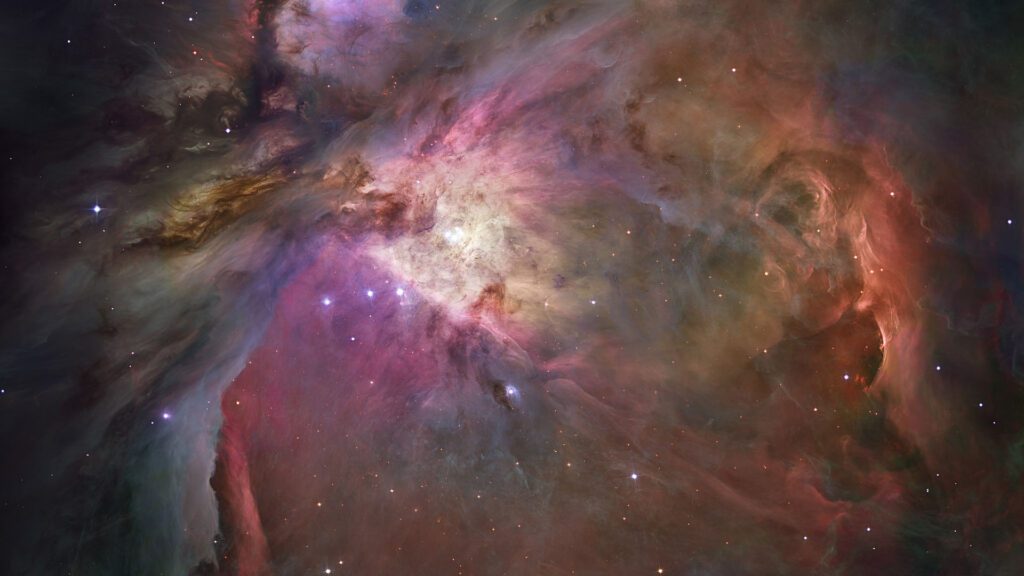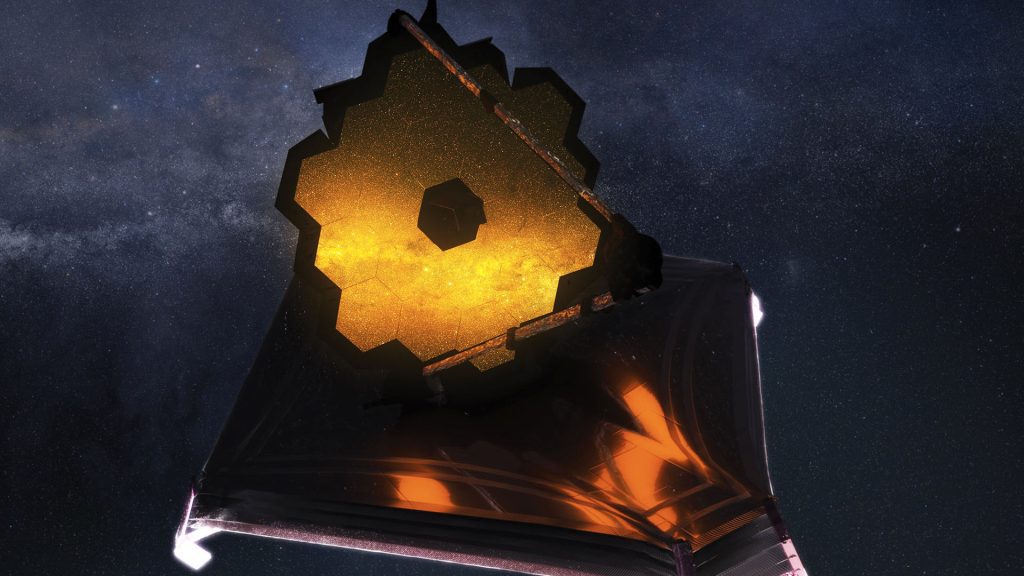Now that the James Webb Space Telescope is fully operational, the science will begin. Thirteen programs were selected as the top research areas. Among them, one of them is led by a Frenchman who is very eager to use this extraordinary observatory.
For the James Webb Space Telescope (JSWST), the science begins! But what will he do now that all the instruments have been deployed and calibrated, and he is able to see countless details across the universe?
Several decades ago, it became customary to see scientific studies of galaxies or exoplanets ending with: ” We’ll learn more through JWST’s feedback This means that with such a long-awaited device, many researchers from around the world will be rushing into the smallest observing aperture available in order to advance their research.
Years of working 35 hours of observation
Fortunately, to avoid rush, a selection of programs has already been created. Thirteen observing programmes, “Early Science Deployment Programs” that will be implemented over the next five months to examine galaxies, black holes, planets, stars or our solar system. Among them is a program directed by the French Olivier Bernet. The astrophysicist from the Institute for Research in Astrophysics and Planetary Science will have a strong interest in the Orion Nebula. ” We’ve been preparing for yearshe told Numerama. In 2014 we started building our project and we were selected in 2017. Since then, we’ve been running simulations, we’ve been working on algorithms…all this to figure out how best to use the tools when the time comes. »

Many years of research before a great conclusion is expected to be brief. The team will only get 35 hours of feedback. But why would you be interested in Orion? ” This is a region where stars are formedAs Olivier Bernet says. It’s not only representative of how our Sun formed, but it’s also close enough for us to be able to properly observe it. Thanks to Orion, we can understand our origins. »
It’s an area of 24 light-years across, and it can be seen from the northern hemisphere, even with the naked eye if conditions are good. It was photographed by other space telescopes such as Hubble or Spitzer. Even amateur astronomers can enjoy finding it in the sky, or even observing its details.
Olivier Bernet was already working on Orion in 2008, at the time when JWST was in the line of fire and it looked like a heyday. Its instruments will be particularly interesting to observe the nebula in more detail.
- NIRSpec will have the same goal, but rather on the small details.
With all of these tools, Olivier Berné’s team should be able to discern even the smallest details of Orion, with an accuracy never achieved before. “ There will be discoveries, undoubtedly, the researcher assures. But I hope we have surprises too, because we’ll be changing the size. This has nothing to do with the comments already made. »
The observation should take place in September, when the nebula is visible to the telescope. Meanwhile, astronomers on Earth are ramping up their preparations until everything is ready once JWST is in place.
Data for the entire scientific community
However, the first images will not be reserved for the team responsible for the program, but for the entire scientific community. “ This is one of the conditions for “early releases”Justifies Olivier Bernet. The data must be able to be used by the entire scientific community. It’s the first! »
This means that the first study based on JWST observations to be published about Orion may not come from Olivier Berné’s team, but from other researchers who have recovered the images. ” The difference is that we have prepared a lot to explain what we will see. We tested the tools and ran the simulation, and we’re at the starting blocks! »
“We tested the tools and ran the simulation, and we’re at the starting blocks!”
Olivier Bernet
Orion’s observing program and the twelve others selected in these “early releases” were chosen because they are supposed to be representative of what a telescope can do. But also because the discoveries could have major implications for a number of research. For example, Orion is supposed to be similar to other distant regions where stars are forming. Observing it in more detail will undoubtedly be useful for interpreting the various signals coming from hard-to-observe nebulae whose data is fragmented.
Among the other programs selected, it will be about the exploration of quasars and the nuclei of galaxies. But also supermassive black holes, or even exoplanets, hoping to find some that bear signs of life. It should also be possible to obtain information on their atmosphere. Finally, JWST can also be used to rediscover the stars closest to us. One program consists of admiring Jupiter and its moons in order to better understand the atmosphere and cloud formation. All of these programs relate only to the first five months of telescope observation. Suffice it to say that the discoveries are likely to be numerous.

“Music guru. Incurable web practitioner. Thinker. Lifelong zombie junkie. Tv buff. Typical organizer. Evil beer scholar.”







More Stories
Scientists have discovered new health risks associated with microplastics
The Japanese probe intact survived a third lunar night
The solar sail was launched into space after being folded into a simple box!